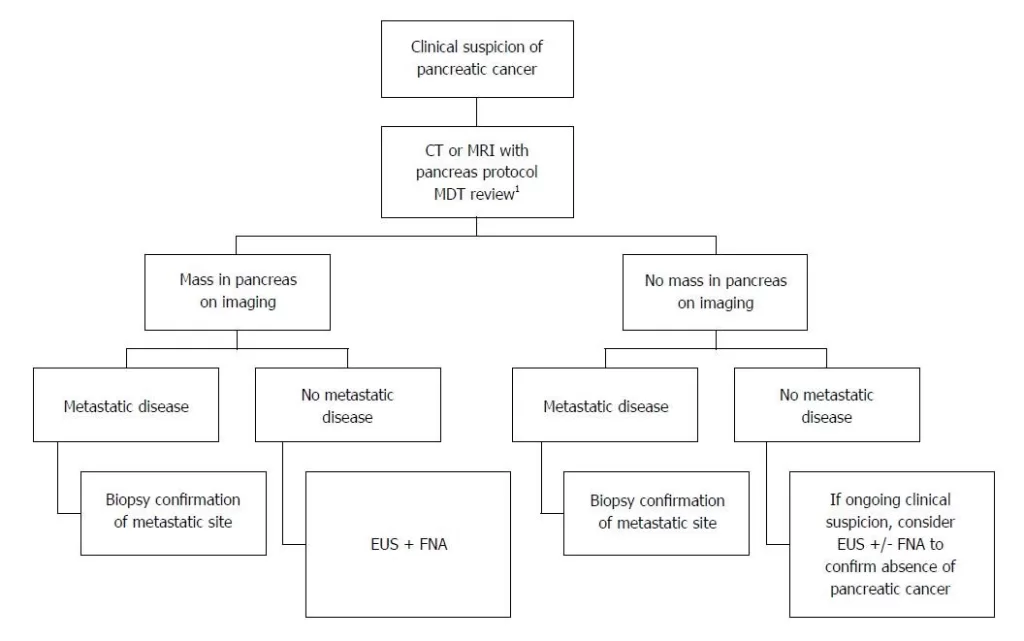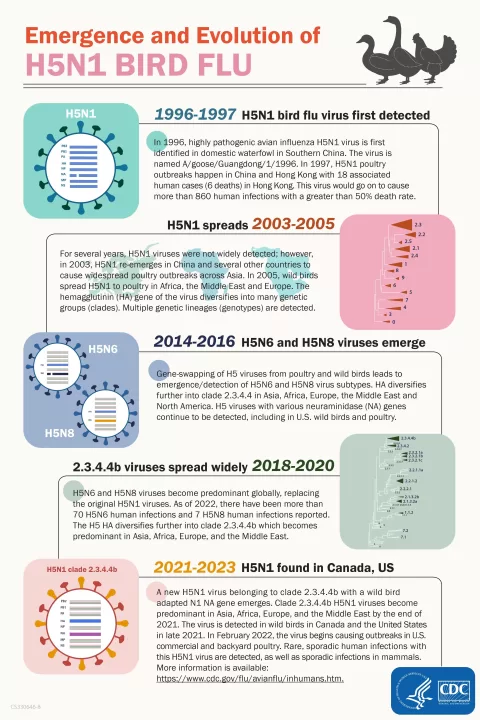Brain Tumour ICD 10 is a crucial aspect of the healthcare landscape, providing the necessary framework for the classification and coding of various brain tumor types. The **ICD-10 codes for brain tumors** not only facilitate precise diagnosis but also streamline billing procedures and statistical tracking in medical records. With a focus on brain tumor classification, this coding system plays a vital role in the management of both malignant and benign brain tumors, aiding healthcare professionals in devising appropriate treatment plans. In this article, we will explore the specifics of malignant brain tumors coding and highlight **ICD-10 coding best practices** to enhance treatment personalization. Through examining these codes, we aim to shed light on how they impact the delivery of personalized brain tumor treatment and overall patient care.
The world of brain neoplasms is defined by intricate coding systems, with **ICD-10** being the standard classification utilized by healthcare professionals globally. This comprehensive system categorizes conditions such as brain tumors, enabling clinicians to communicate effectively while tracking disease prevalence and treatment outcomes. Understanding the nuances of brain tumor classification and coding can greatly influence treatment strategies, particularly for **malignant tumors**, which pose significant challenges in management and care. Furthermore, adhering to best coding practices is not just about compliance—it’s about ensuring each patient’s journey toward recovery is as informed and targeted as possible. Through our exploration of these critical topics, we aim to equip healthcare providers with essential knowledge and tools for navigating the complexities of brain tumor care.
Understanding ICD-10 Codes for Brain Tumors
The ICD-10 coding system is essential for diagnosing and classifying brain tumors, enabling healthcare providers to communicate accurately about patient conditions. The specific codes within ICD-10 allow for the nuanced identification of tumor types, facilitating tailored treatment plans that meet the needs of individual patients. For instance, with codes ranging from C71 for malignant brain tumors to D32 and D33 for benign tumors, clinicians can categorize and track a patient’s condition effectively, improving outcomes through focused treatment.
Moreover, maintaining compliance with ICD-10 coding standards is crucial, as accurate codes not only affect patient diagnosis but also impact billing and insurance reimbursements. Misinformation or error in coding could lead to serious consequences, including treatment delays or denial of insurance claims. Hence, healthcare professionals must be well-versed in the latest coding practices to ensure that all tumors are classified correctly for optimal care.
Brain Tumour ICD 10 Classification: A Deep Dive
Classification of brain tumors under ICD-10 is a structured process that can be pivotal in managing patient care effectively. The ICD-10 clearly outlines classifications such as malignant, benign, and in situ neoplasms, each designated by specific codes that help streamline patient diagnosis. For instance, the coding for malignant brain tumors, which poses significant treatment challenges, is clearly mapped under the C71 category, making it easier for healthcare providers to identify and manage aggressive tumor types like glioblastomas.
The clarity of classification helps in case reporting and is essential for epidemiological studies that need accurate data on brain tumor types. By understanding the nuances of each code within the ICD-10 classification, healthcare professionals not only enhance their coding accuracy but also improve their ability to contribute valuable information to the broader medical community in terms of research and treatment outcomes.
Importance of Correct Coding in Brain Tumor Treatment
Correct coding within ICD-10 for brain tumors goes beyond administrative convenience; it plays a critical role in the treatment strategy. Each code corresponds to unique characteristics of brain tumors, such as their size, location, and behavior (malignant or benign), which influences the treatment path chosen by oncologists. The importance of precision cannot be overstated, as errors in coding can lead to improper treatment regimens that may compromise patient safety and recovery.
Additionally, healthcare providers must consider that insurance companies often rely on ICD-10 codes for coverage determinations. An incorrect code could result in claim denials, leading to significant financial stress for both the provider and the patient. To mitigate these risks, continuous education and training on the latest coding practices and updates are essential for all healthcare personnel involved in the treatment of brain tumors.
Recent Advances in Brain Tumor Treatment and ICD-10 Integration
The field of brain tumor treatment is rapidly advancing, with technologies such as real-time DNA analysis revolutionizing preoperative and operative care. These innovations not only help in understanding the tumor’s genetic makeup but also allow for the customization of treatment plans that are more aligned with an individual patient’s needs. The application of specific ICD-10 codes allows healthcare providers to document these advanced techniques accurately, ensuring proper treatment and reimbursement.
Furthermore, the integration of these advancements into practical care necessitates an understanding of associated ICD-10 codes. It allows clinicians to improve patient outcomes through informed decision-making and comprehensive care strategies that align not just with the tumor type but also with personalized treatment protocols. Keeping abreast of these technological advancements while mastering coding practices ensures that the care delivered is both effective and compliant with current standards.
Navigating the Practical Guides for ICD-10 Coding in Brain Tumors
To efficiently navigate ICD-10 coding for brain tumors, healthcare professionals can benefit from practical guides that offer insights into best practices, compliance requirements, and detailed coding strategies. Organizations such as Neurolaunch provide essential resources that guide professionals in accurate coding, thereby avoiding common pitfalls in brain tumor classification. These resources can help professionals streamline their coding processes, allowing them to focus on patient care rather than administrative hassles.
Additionally, the publication of updates, such as the ICD-10-CM Casefinding List, plays a crucial role in maintaining compliance with evolving standards. As these updates can significantly affect how brain tumors are coded and treated, staying informed is vital for healthcare providers to ensure they are applying the most current insights, leading to better patient outcomes and enhanced accuracy in medical reporting.
Frequently Asked Questions
What are the key ICD-10 codes for brain tumors?
The ICD-10 codes for brain tumors fall under Chapter 2: Neoplasms, specifically the C71 codes for malignant brain tumors. For instance, C71.0 designates malignant neoplasm of the brain stem, while C71.9 is used when the specific type of malignant brain tumor is unspecified. Understanding these codes is crucial for accurate diagnosis and treatment.
How are malignant brain tumors classified in ICD-10 coding?
Malignant brain tumors are classified using specific codes in the ICD-10 system. Each tumor type, such as glioblastomas or anaplastic astrocytomas, has a distinct C71 code. Correct classification ensures appropriate treatment planning and compliance with health regulations, maximizing both patient care and billing accuracy.
What is the difference between malignant and benign brain tumors in ICD-10 coding?
In ICD-10 coding, malignant brain tumors are classified under C71 codes, indicating cancerous growths that may invade surrounding tissues. Benign brain tumors, however, are categorized under D32 and D33 codes, representing non-cancerous growths. Accurate differentiation between these codes is essential for effective treatment and insurance reimbursement.
What are the best practices for ICD-10 coding of brain tumors?
Best practices for ICD-10 coding in brain tumors involve ensuring accurate and specific coding that reflects the tumor’s characteristics, such as type and location. Healthcare professionals should stay updated with coding guidelines and utilize resources, like Neurolaunch, to avoid common errors and enhance compliance with medical coding standards.
How has personalized treatment impacted ICD-10 coding for brain tumors?
Personalized treatment strategies, enabled by advancements such as real-time DNA analysis, require precise ICD-10 coding that reflects the tumor’s unique characteristics. This tailored approach not only improves patient outcomes but also necessitates accurate coding to ensure that treatment protocols align with the specific genetic profiles of brain tumors.
| Aspect | Details |
|---|---|
| ICD-10 Overview | ICD-10 is a classification system from WHO used globally for coding diseases. |
| Chapter 2: Neoplasms | Brain tumors are categorized under Neoplasms, with specific codes for malignant and benign tumors. |
| Specific Codes | Example: C71.9 is for malignant neoplasms of the brain without a specific type identified. |
| Malignant Tumors | Cancerous tumors like glioblastomas are coded under specific C71 codes. |
| Benign Tumors | Non-cancerous tumors fall under D32 (uncertain behavior) or D33 (benign neoplasm). |
| Importance of Correct Coding | Ensures effective treatment and insurance reimbursement; prevents misclassification. |
| Advancements in Treatment | Real-time DNA analysis helps tailor treatment strategies during surgery. |
| Resources for Professionals | Organizations like Neurolaunch offer coding practice guides to avoid errors. |
| ICD-10-CM Updates | New guidelines effective from October 2023 to September 2024 ensure compliance. |
Summary
Brain Tumour ICD 10 provides a crucial framework for the classification and coding of brain tumors, aiding healthcare professionals in effective diagnosis and treatment. Understanding the nuances of ICD-10 classifications, particularly in Chapter 2: Neoplasms, allows for precise coding that directly impacts patient care. With the continuous advancements in treatment methodologies, such as real-time DNA analysis, staying updated on these coding standards is essential for healthcare providers to enhance treatment accuracy and ensure appropriate reimbursement processes. Overall, the importance of mastering the ICD-10 system cannot be understated in light of the evolving landscape of brain tumor management.
The content provided on this blog (e.g., symptom descriptions, health tips, or general advice) is for informational purposes only and is not a substitute for professional medical advice, diagnosis, or treatment. Always seek the guidance of your physician or other qualified healthcare provider with any questions you may have regarding a medical condition. Never disregard professional medical advice or delay seeking it because of something you have read on this website. If you believe you may have a medical emergency, call your doctor or emergency services immediately. Reliance on any information provided by this blog is solely at your own risk.








